How Long Does a Tooth Extraction Take to Heal?
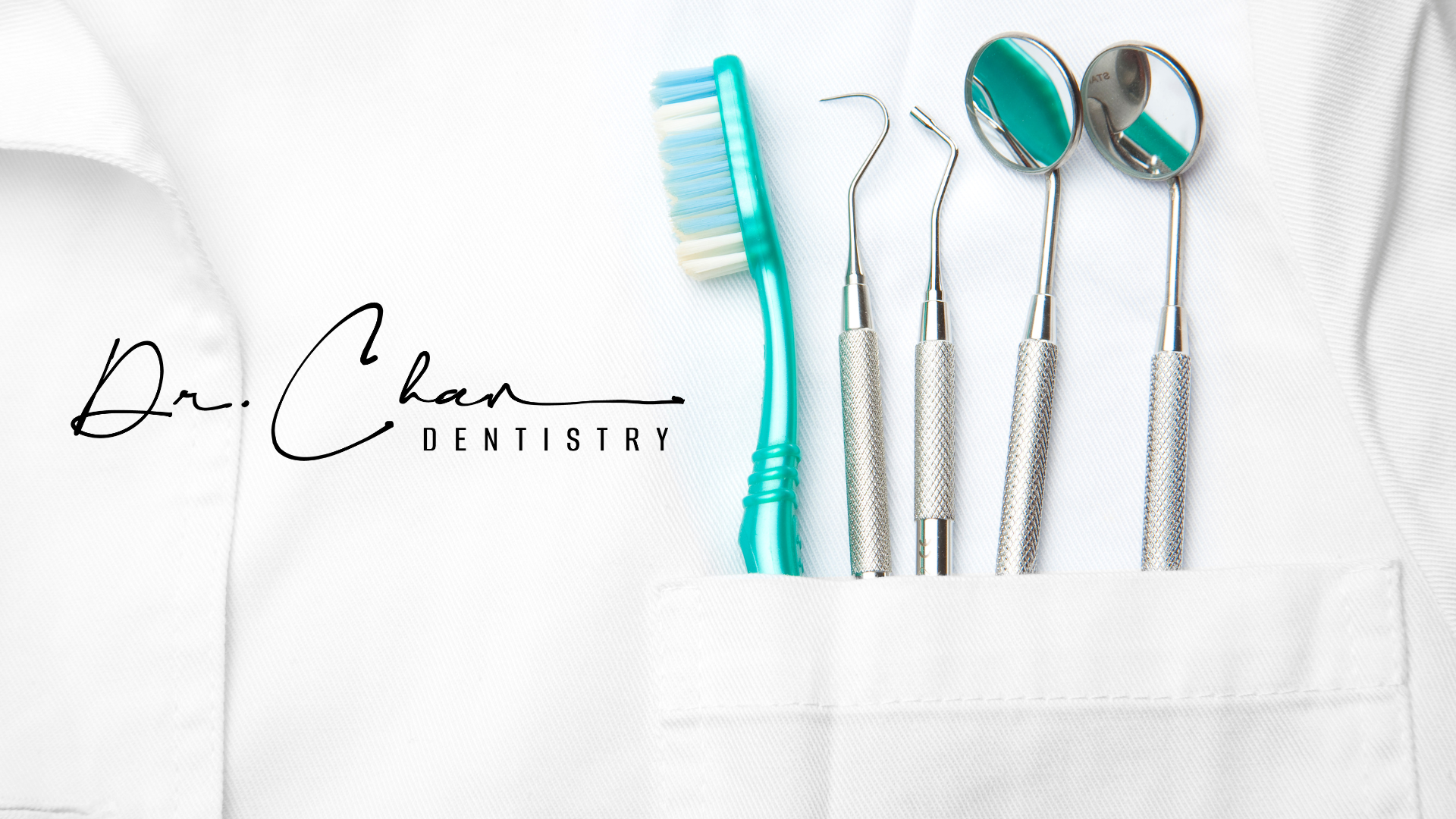
Understanding the healing process after tooth extraction can help you manage your expectations and recovery more effectively. This article provides the stages of healing, factors affecting recovery time, and tips for a smoother healing process.
Initial Healing Phase (First 24-48 Hours)
- What to Expect in the First 24-48 Hours
The initial 24-48 hours after tooth extraction are crucial for healing. During this period, a blood clot forms in the socket, essential for protecting the underlying bone and nerve endings.
Managing Pain and Swelling
Pain and swelling are common during the first couple of days. To manage these symptoms:
Pain Relief: Use prescribed painkillers or over-the-counter pain relievers as your Rolling Hills dentist recommends.
Swelling Reduction: Apply an ice pack to the affected area for 10-20 minutes to reduce swelling.
Activity Level: Avoid strenuous activities to prevent dislodging the blood clot.
Maintaining Oral Hygiene
Proper oral hygiene is essential, but care must be taken to avoid disturbing the extraction site:
- Rinsing: Gently rinse your mouth with a saline solution. Avoid rinsing, swishing, or gargling vigorously to prevent dislodging the blood clot.
- Brushing: Do not brush near the extraction site to avoid irritation.
Additional Tips for the First 2 Days of Aftercare
- Rest: Ensure you get plenty of rest, especially in the first 24 hours after the extraction.
- Gauze Management: Leave the initial gauze in place for a few hours to allow the clot to form. Afterward, change the gauze as needed.
- Avoid Straws: Do not use straws, as the suction can dislodge the blood clot.
- Avoid Spitting: Spitting creates pressure in the mouth, which can dislodge the clot.
- Nose Blowing and Sneezing: If a tooth was removed from the upper half of the mouth, avoid blowing your nose or sneezing, as this can create pressure that may dislodge the blood clot.
- No Smoking: Smoking creates pressure similar to using a straw. It is crucial to avoid smoking during the first couple of days while the blood clot forms.
- Cold Compresses: To dull pain, apply an ice pack or a towel-wrapped bag of ice to the area for 10–20 minutes.
- Elevate the Head: Use extra pillows to stay elevated while sleeping. Lying too flat can allow blood to pool and prolong healing time.
Medications: Take any prescribed medications as directed by your dentist, especially for complex extractions.
Following these guidelines ensures a smooth initial healing phase and sets the stage for continued recovery.
Aftercare Following Tooth Extraction
After the Blood Clot Forms
Once a blood clot has securely formed in the socket, it’s vital to keep it in place and follow additional steps for oral hygiene to prevent complications.
Tips for Aftercare Between the Third and Tenth Day
- Saline Rinses: When the blood clot is securely in place, gently rinse your mouth with a warm saline solution (a pinch of salt in warm water). This helps kill bacteria and prevent infections.
- Brushing and Flossing: Continue brushing and flossing as usual, but avoid the extraction site. The saline solution and any medicated mouthwash your dentist recommends will help keep the area clean.
- Soft Foods Diet: Stick to soft foods that do not require much chewing and are unlikely to get trapped in the socket. Good options include soups, yogurt, and applesauce. Avoid hard, crunchy, or seeded foods like toast and chips.
Aftercare for Multiple Extractions
In cases where multiple teeth are extracted, especially on different sides of the mouth, aftercare can be more challenging. Surgeons often recommend general anesthesia for these procedures, and you’ll need someone to drive you home afterward.
- Special Instructions: Follow specific instructions from your dentist, which may include fasting before surgery.
- Clotting Aids: Dentists may use natural clotting aids in the extraction sites, which the body absorbs over time.
- Follow-Up Appointments: Schedule follow-up appointments to monitor healing progress.
Aftercare for Wisdom Teeth Extractions
Due to their complexity, wisdom teeth extractions often require more extensive aftercare. The surgery typically involves the removal of multiple teeth under general anesthesia.
- Extended Healing Time: The healing process for wisdom teeth can be longer, so plan for more recovery time.
- Dissolvable Stitches and Clotting Aids: Dentists may use these techniques to promote healing.
- Additional Tips: Follow any tips your dentist provides to aid recovery.
Considerations for Children
Children requiring tooth extractions are usually put under general anesthesia to ensure they are unconscious and pain-free during the procedure. The aftercare process is similar to that for adults, but parents or caregivers must monitor the child’s healing closely.
Monitoring Symptoms: Pay attention to pain, bleeding, and oral health.
Home Remedies for Pain Management
Experiencing pain and swelling after a tooth extraction is common. Here are some home remedies to alleviate discomfort:
- NSAIDs: Nonsteroidal anti-inflammatory drugs (like ibuprofen and naproxen) can help reduce swelling and pain.
- Ice Packs: Apply a towel-wrapped ice pack to the affected area for 20 minutes at a time.
- Saltwater Rinses: Use saltwater rinses daily to kill bacteria and reduce pain and swelling.
When to See the Dentist
If you experience any of the following symptoms, contact your dentist immediately:
- Severe Pain and Swelling: Pain and swelling that worsen over time.
- Persistent Bleeding: Bleeding that doesn’t improve.
- High Fever: A sign of possible infection.
- Nausea or Vomiting: May indicate complications.
- Severe Pain Radiating to the Ear: This could be a sign of infection or dry socket.
- Foul-Tasting or Smelling Discharge: Indicates possible infection.
Summary
Tooth extraction removes problematic teeth to prevent future complications. Proper aftercare is vital to promote healing and protect the extraction site. Most simple extractions heal within 7 to 10 days. If you experience worsening symptoms, consult your dentist for further evaluation and treatment.
Following these guidelines and staying vigilant about oral health can ensure a smoother recovery process and prevent complications. Always consult your dentist for personalized advice and care during your healing journey.
Frequently Asked Questions
How long does it take for a tooth extraction to heal fully?
Complete healing typically takes 3-4 weeks. Initial healing occurs in the first week, with the socket closing over the next few weeks.
What can I do to speed up the healing process?
Follow your dentist's instructions, maintain good oral hygiene, eat soft foods, stay hydrated, and avoid smoking and alcohol. It is crucial to keep the extraction site clean and free from irritants.
When should I contact my dentist during the healing process?
Contact your dentist if you experience severe pain, excessive bleeding, signs of infection (such as increased swelling, redness, or discharge), or if the blood clot dislodges (dry socket).
Can I brush my teeth after a tooth extraction?
You can brush your teeth, but avoid the extraction site for the first few days. Use gentle, circular motions and rinse your mouth with saline solution instead of mouthwash.
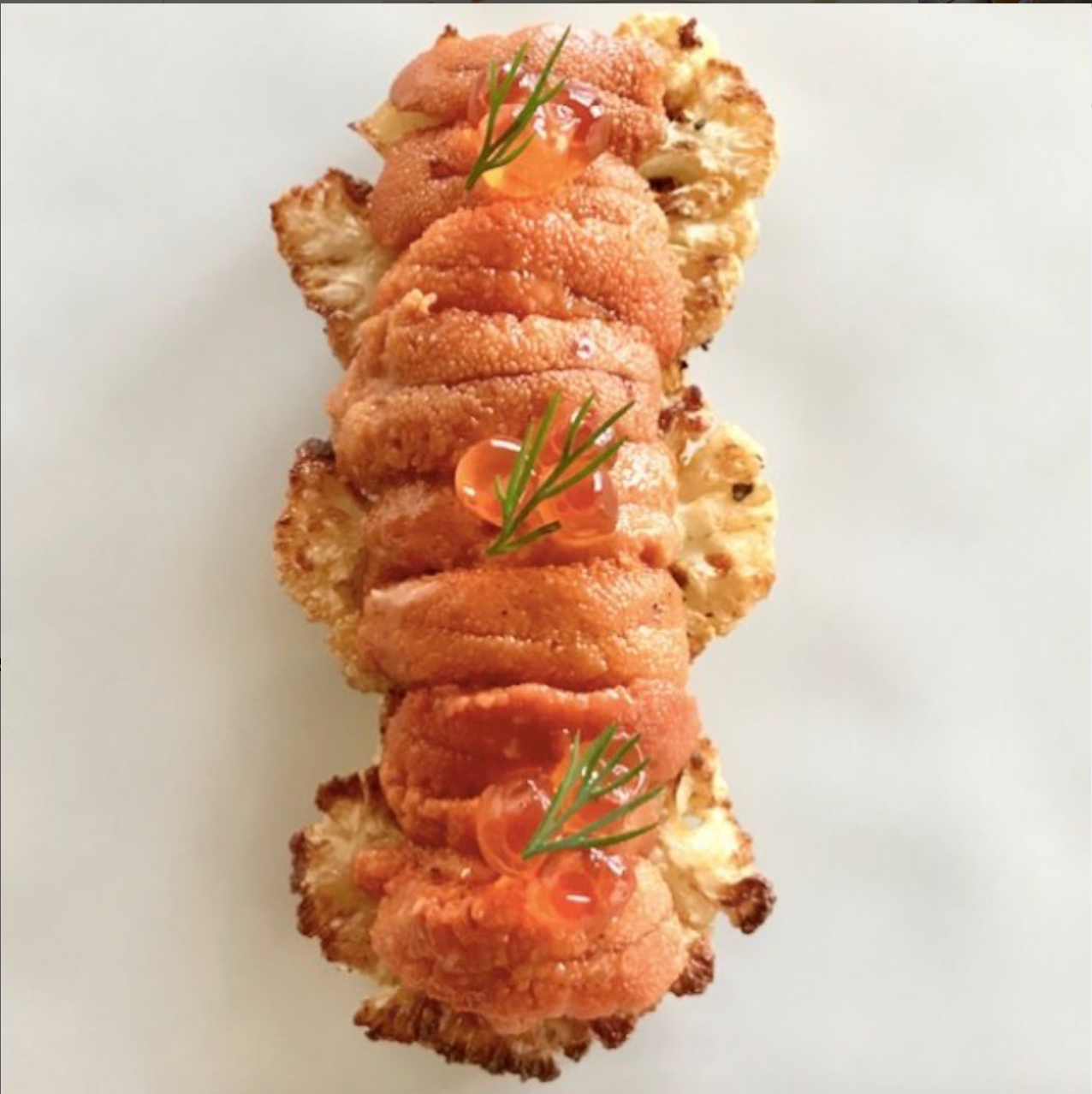
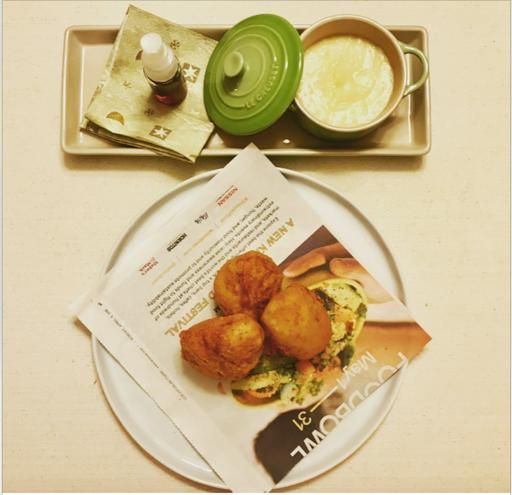
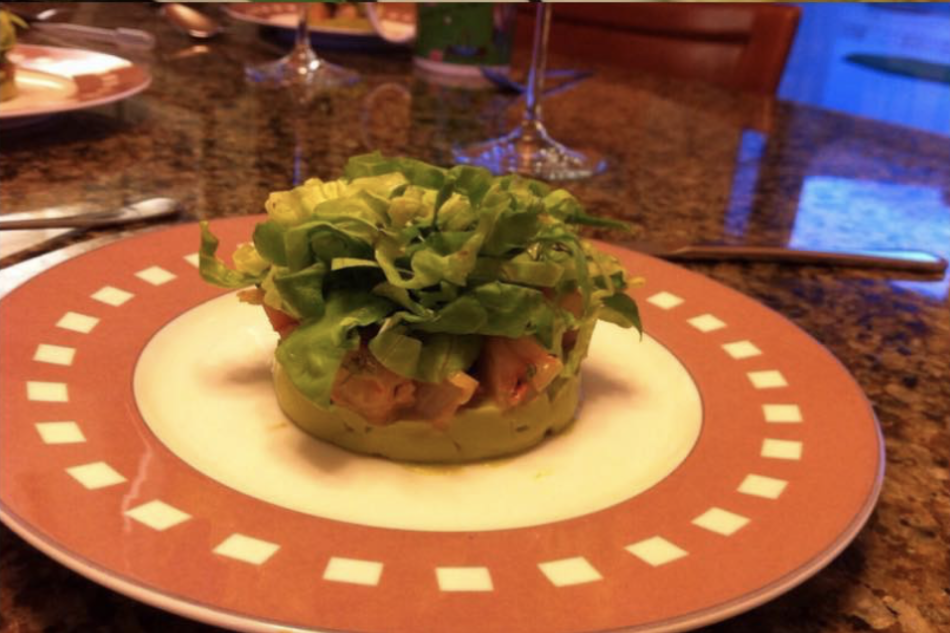
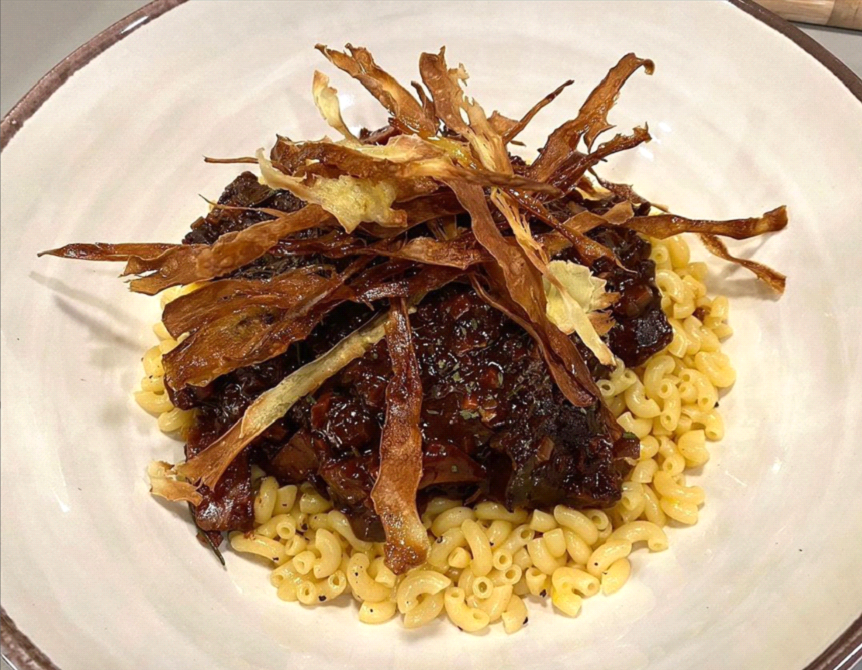
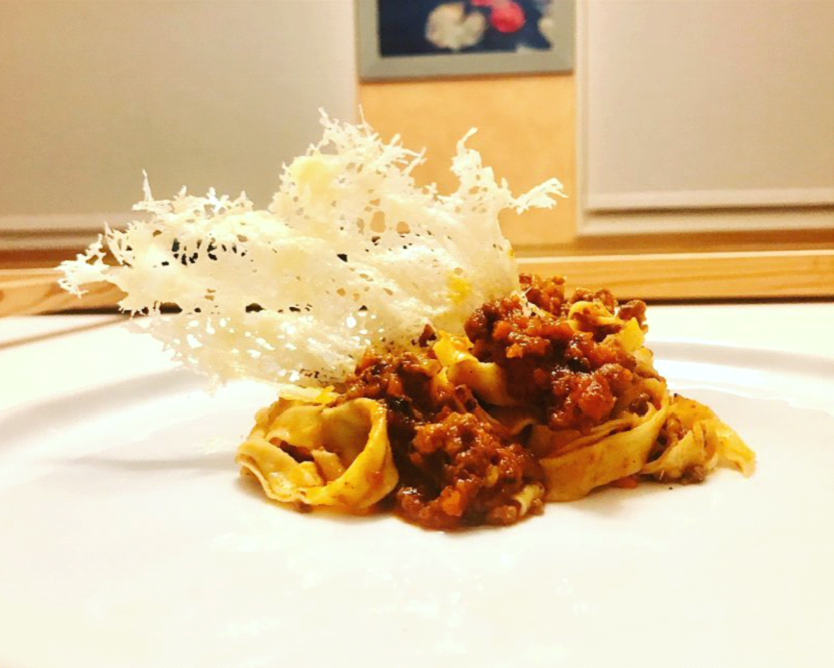
Hours & Address
MONDAY: CLOSED
TUESDAY: 8 AM - 5 PM
WEDNESDAY: 8 AM - 5 PM
THURSDAY: 8 AM - 5 PM
FRIDAY: 8 AM - 3 PM
Navigation Links
All Rights Reserved | DR. CHAN DENTISTRY | SITE MAP | PRIVACY POLICY | TERMS & CONDITIONS


